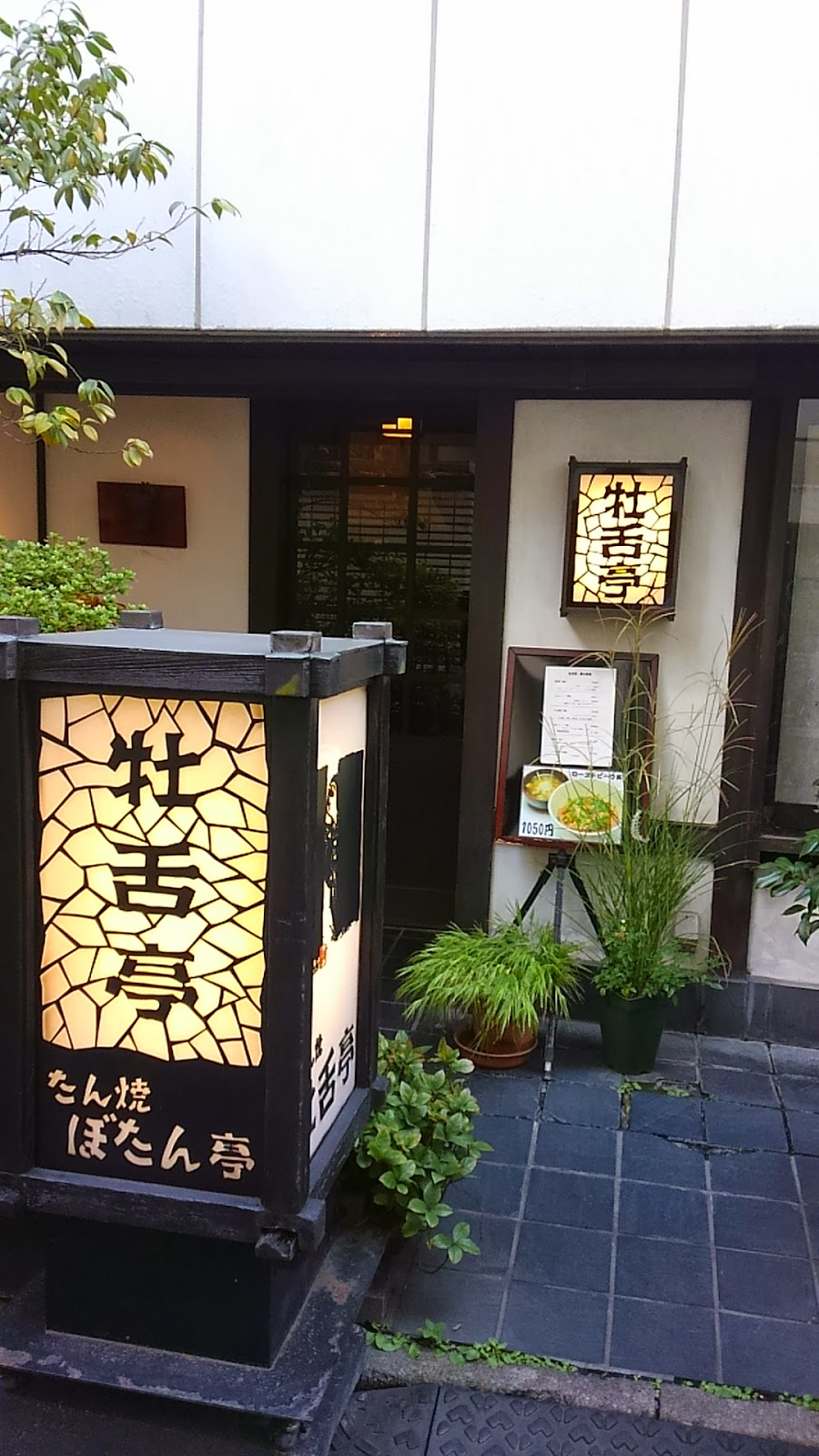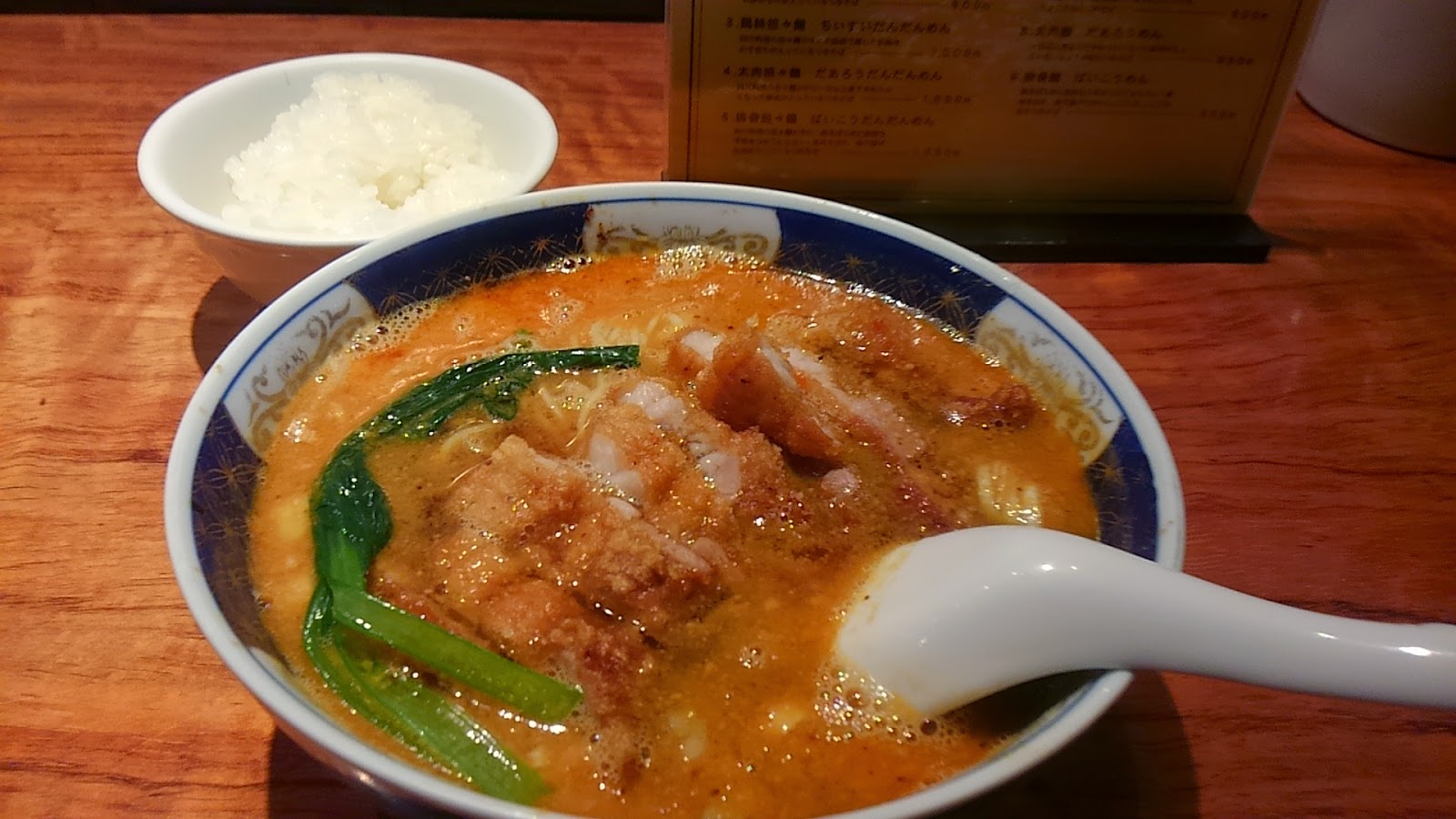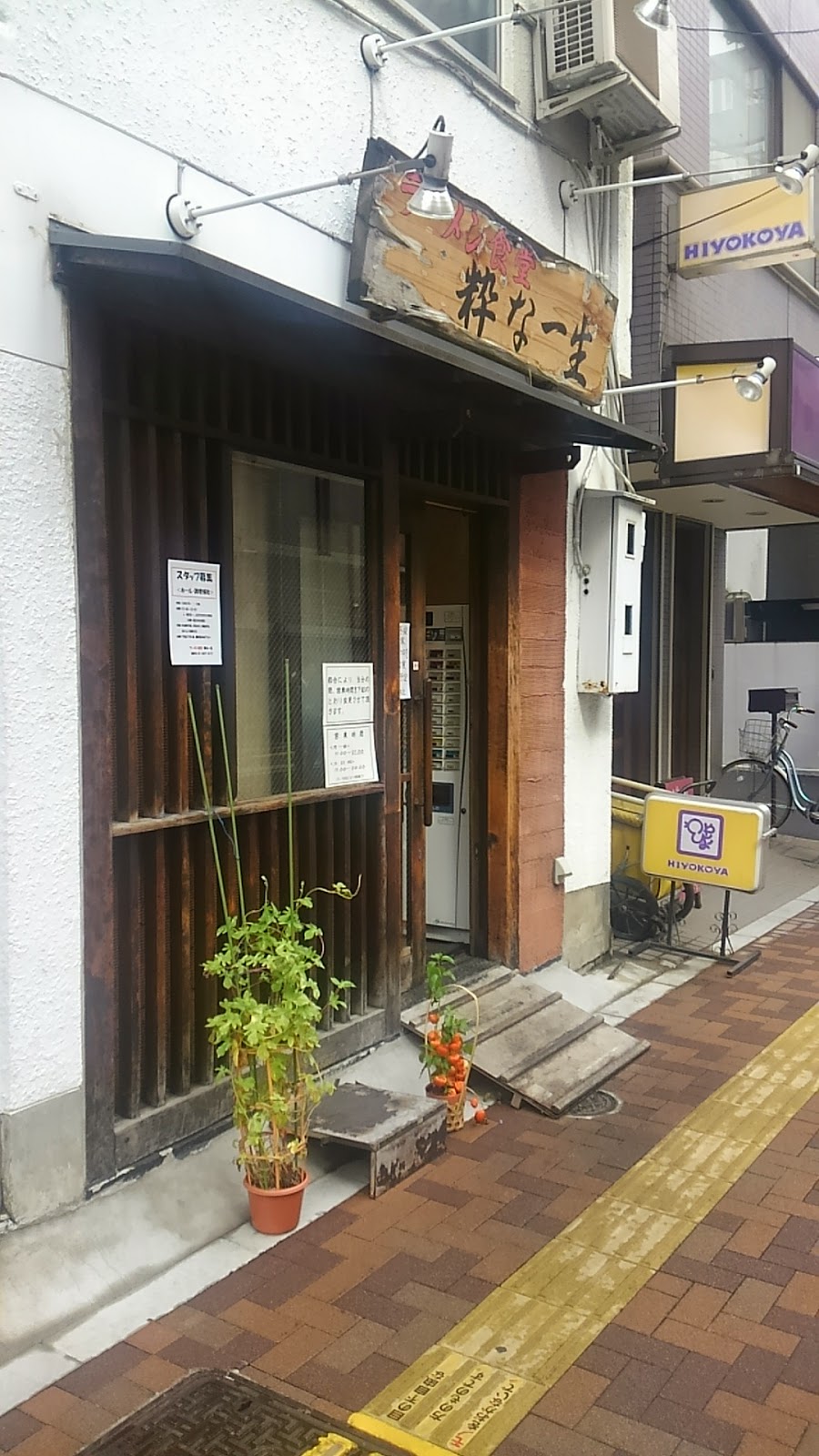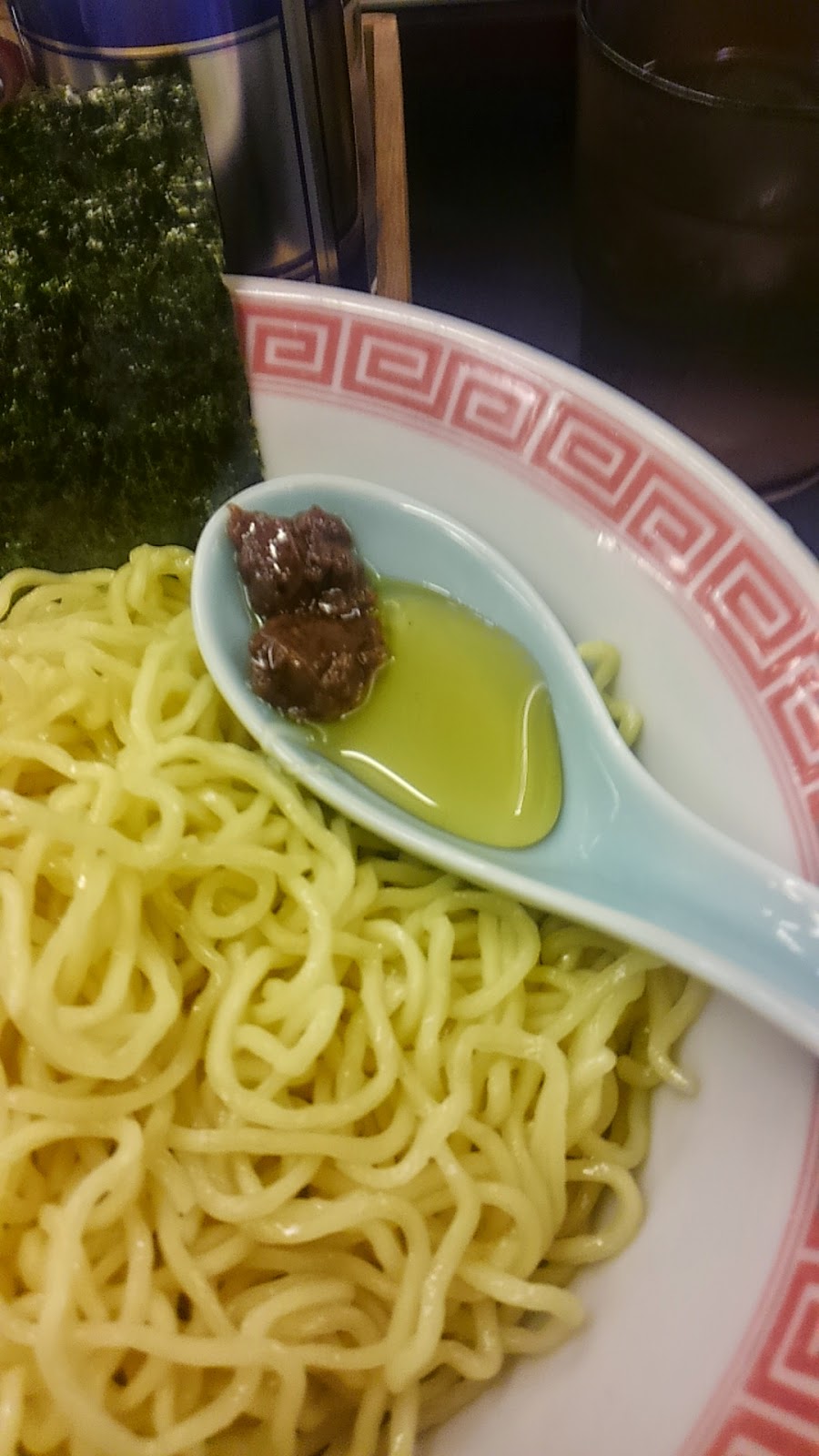 Kikukawa in Kanda, Tokyo
Kikukawa in Kanda, TokyoJapanese spitchcock 2500 - 5000 yen
Sorry, but I did not know this word "spitchcock" and do not know whether this word is literally correct or not.
When I see other website like Google Image, this food appeared.
Eel is one of something special for Japanese.
Then, when I heard the news about the edge of extinction, I am sad.
This year when I heard glass eel (or juvenile eel ) comes back in number, I have some trepidation.
Anyway, spitchcock is one of my favorite food in Japanese food.
Of course, sushi is elaborate. To make just raw fish delicious, it would take excessive amount of time to take great care. But sushi does not look elaborate at all, just seems to cut and put on the rice. I would like to explain the technique of sushi in other chance.
On the other hand,
You can easily know spitchcock is what a great deal of time and effort would be devoted.
After splitting the body and removing inner parts (which are also required to be skillful), eel is repeatedly dipped in baste and grilled. On the top of that, in Kanto style, it is even steamed in the middle of this process.
Eventually, eel changes to crispy and tender and intensely flavored one.
I suppose you may have to wait for 40-50 min until eating.
While you are waiting, you enjoy the fin of eel or liver or simply grilled eel.




















































